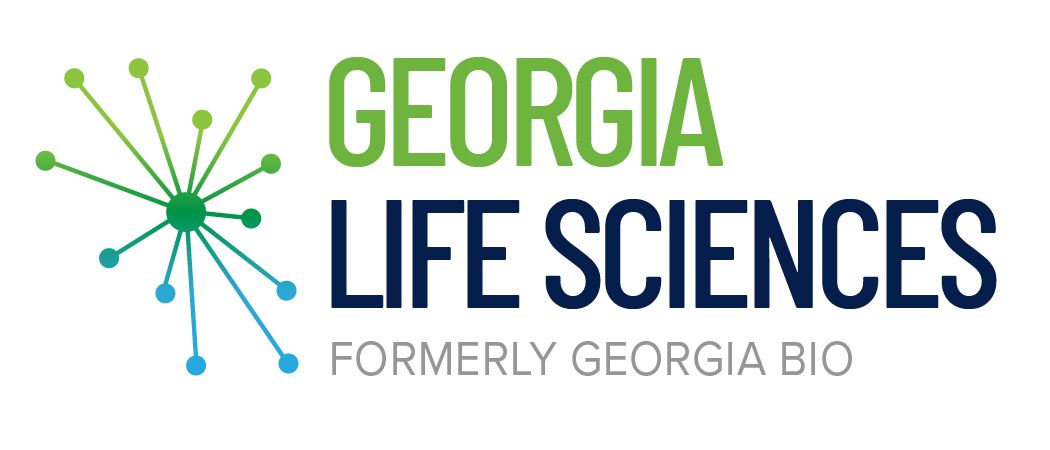EPA, FDA and USDA Issues Updates to the Joint Regulatory Plan for Biotechnology
Contact Information: EPA Press Office ( press@epa.gov )
Source: https://www.epa.gov/newsreleases/epa-fda-and-usda-issues-updates-joint-regulatory-plan-biotechnology
WASHINGTON – Today, May 8, 2024, in response to President Biden’s Executive Order 14081, “Advancing Biotechnology and Biomanufacturing Innovation for a Sustainable, Safe, and Secure American Bioeconomy,” the U.S. Environmental Protection Agency, the U.S. Food and Drug Administration and the U.S. Department of Agriculture have developed a plan to update, streamline and clarify their regulations and oversight mechanisms for products of biotechnology.
The plan helps meet the President’s goals of ensuring public confidence in the biotechnology regulatory system and improving its transparency, predictability, coordination and efficiency. Through engagement with developers and stakeholders, as well as horizon scanning for novel biotechnology products, the agencies worked collaboratively to develop a cohesive plan. The plan incorporates processes and timelines to implement regulatory reform, such as identifying guidance and regulations to update, streamline, or clarify, and identifying the potential need for new guidance or regulations. The plan supports a whole-of-government approach to the regulation of biotechnology products.
The agencies have identified five major areas of biotechnology product regulation where these actions will focus:
- Modified plants
- Modified animals
- Modified microorganisms
- Human drugs, biologics and medical devices
- Cross-cutting issues
EPA, the FDA and USDA intend to implement the following joint efforts:
- Clarify and streamline regulatory oversight for genetically engineered plants, animals and microorganisms;
- Update and expand their information sharing through an MOU to improve and broaden communication and coordination of oversight of modified microbes; and
- Undertake a pilot project focused on modified microbes to explore and consider the feasibility and costs of developing a web-based tool that informs developers about which agency may regulate a given product category.
The federal government established the Coordinated Framework for the Regulation of Biotechnology in 1986 and most recently updated it in 2017. It describes the comprehensive federal regulatory policy for ensuring the safety of biotechnology products, including how EPA, the FDA and USDA share responsibility for regulating many of the products of biotechnology in the United States. The Executive Order directs the three agencies to improve how they implement the Coordinated Framework.
In response to the Executive Order, the three regulatory agencies, in consultation with the Office of Science and Technology Policy, issued a Request for Information to the public to solicit information on regulatory ambiguities, gaps, uncertainties or inefficiencies in the Coordinated Framework. The agencies received 88 distinct public comments, including a sign-on letter from over 6,000 members from biotechnology developers, producers, manufacturers, non-governmental organizations and academia. The agencies will continue to engage with all interested stakeholders as they implement the plan.
Visit the Unified Website for Biotechnology Regulation for additional information on modernizing the regulatory system for biotechnology products and Executive Order 14081.





